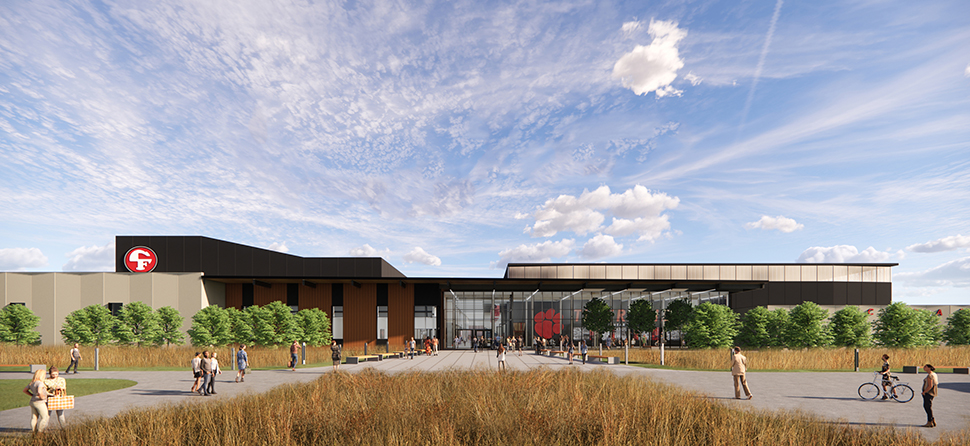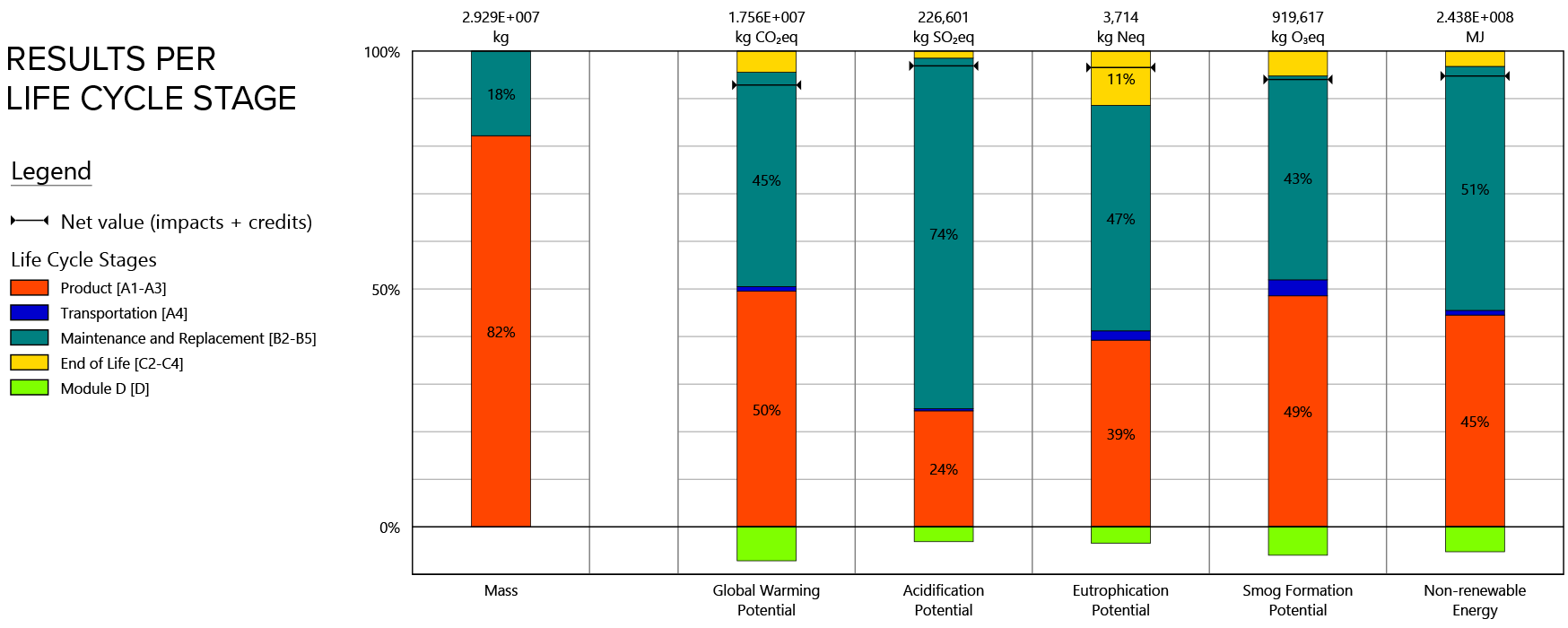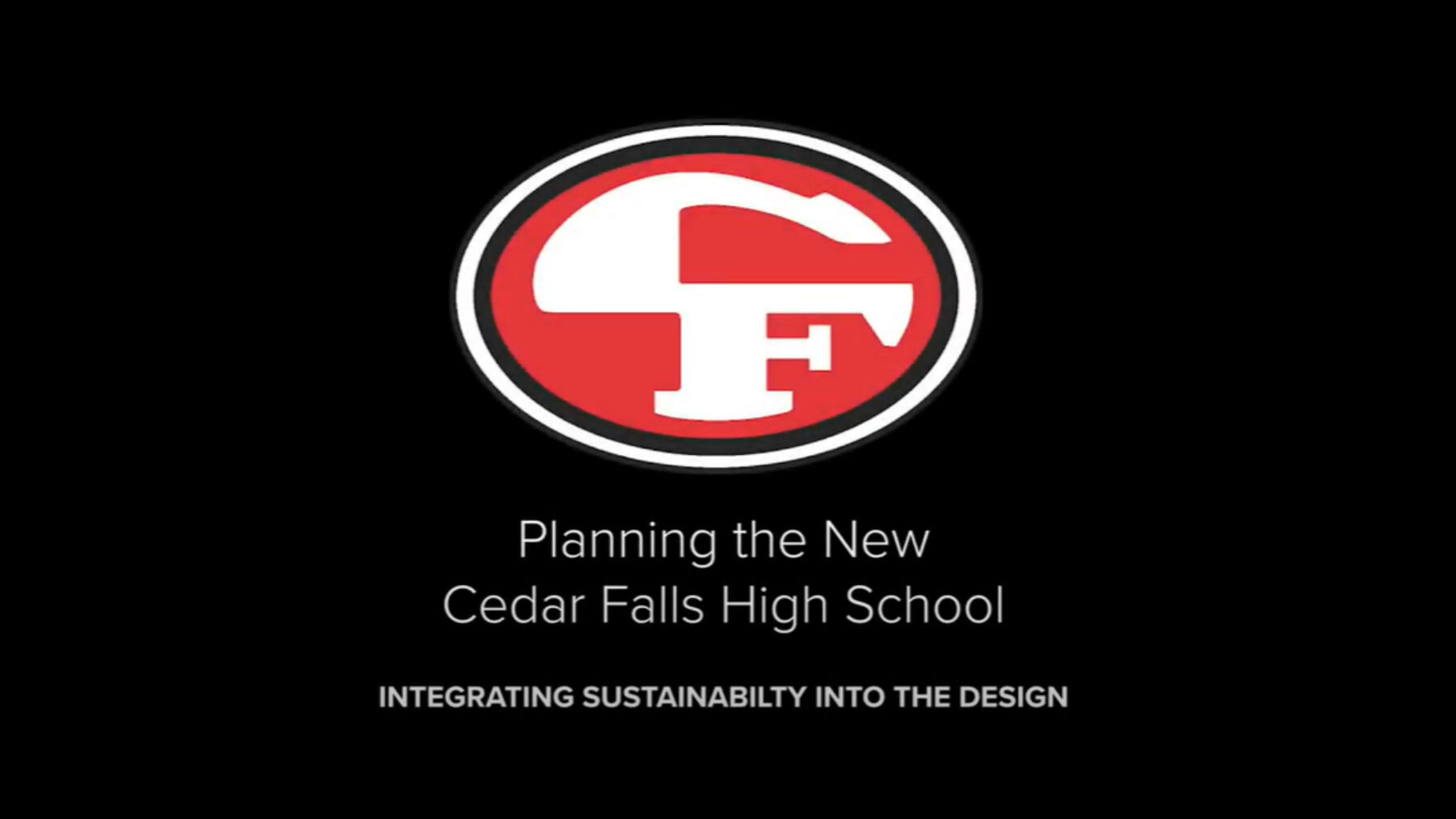
The building sector is the single largest consumer of energy and producer of greenhouse gasses. The built environment currently accounts for 39% of energy-related carbon dioxide emissions annually with 11% from building materials and construction. INVISION is examining the bigger picture by taking a holistic approach to sustainability that addresses the global impacts of design for our clients and communities.
We’ve accepted the challenge
When considering sustainability, it is much deeper than how much energy the final product is consuming. Sustainable design excellence is a comprehensive approach to elevate the human experience together with aesthetics and building performance all while addressing our global impact. INVISION has adopted the 2030 challenge, an initiative to the architecture and building community to reduce the carbon footprint of the built environment to zero carbon emissions by the year 2030. INVISION challenges their employees to fully understand the embodied energy of every design project at every phase.
How we analyze sustainability
One tool that is used to help guide design decisions is a software called Tally. Tally allows us to run a comparative analysis of different materials to predict the global impacts of a materials embodied energy, regional climate hazards, life cycle material costs and source streams. We ask ourselves the following questions: What criteria is being used to select materials, i.e. optimizing health, durability, maintenance, reducing the global impacts of extraction, manufacturing, and transportation? What resources are available nearby to promote long-term flexibility, adaptability, and resiliency? How can selections be made to reduce the amount of material waste and environmental impacts over the lifetime of the material?

All these answers help guide our designs to address our global impact. A few ways we find this information is by examining whether a material passes the California Department of Public Health (CDPH) test, which evaluates the volatile organic compound (VOC) emissions of a product. We do this to ensure there are little to no harmful emission from our selected products. INVISION also considers what certifications the material holds, examples of these include Cradle-to-cradle, Declare Label, Greenguard Gold, Green Label Plus, Floorscore and many more. These materials have gone through rigorous testing applications to become certified. Lastly, we look at the recycled content of the product and potential for recyclability at the end of a materials life.
Our goal is to continue to learn how our role can help provide global change by designing environments that shape the human condition and our surrounding environments in a positive way.
